Stuart Forster chats with a Sri Lankan chauffeur-guide to provide cultural and practical travel tips for Sri Lanka.
Touring Sri Lanka with a dedicated chauffeur-guide meant oodles of time to travel to chat with my driver. With more than 20 years’ experience of guiding international travellers, Luxman provided a wealth of information about the places we visited. He also gave helpful cultural and practical tips for travel in Sri Lanka that he thought might prove handy for visitors to the island nation.
Disclosure: Some of the links and banners below are affiliate links, meaning, at no additional cost to you, I will earn a commission if you click through and make a purchase.
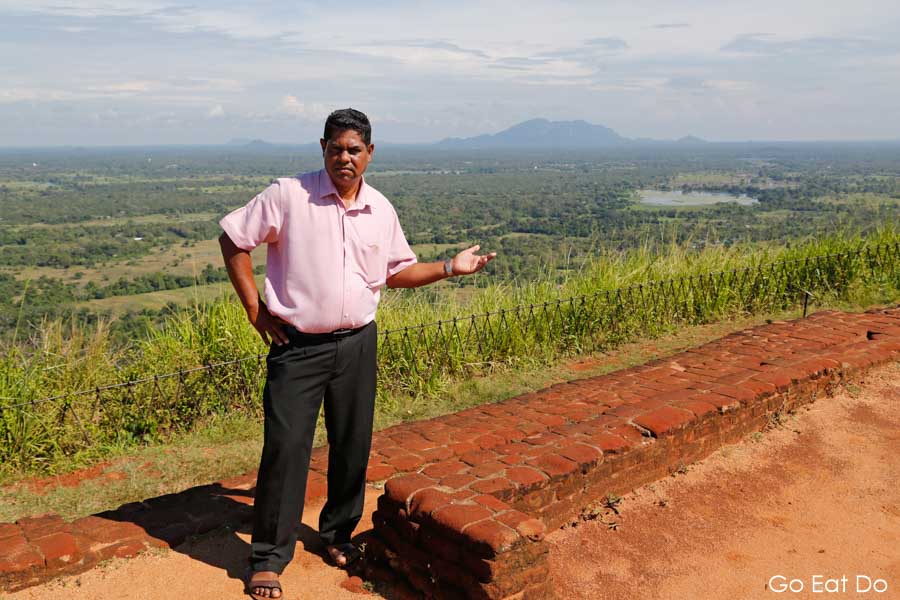
In order to avoid cultural faux pas, minimise risks and comply with local expectations, Luxman suggested that foreign visitors consider how they behave while visiting Sri Lanka.
1. No selfies in front of Buddha statues
We live in the age of the selfie but visitors to Buddhist temples should not turn their backs on statues of Buddha to take photos.
“It is seen as disrespectful to Buddha,” said Luxman, on how Buddhists regard tourists snapping pictures of themselves at temples. Some temples display signs that discourage visitors from taking selfies by statues, though photography is widely permitted at religious and historic sites.
2. Tone down public displays of affection
He warned that public displays of affection are also largely unwelcome in many parts of Sri Lanka. You’ll see couples cuddling and walking hand-in-hand in places such as the Royal Botanic Gardens Peradeniya in Kandy. But Sri Lankan men and women rarely hold hands while walking on the streets. To show compliance with local sensitivities, Luxman suggested couples save kissing and cuddling until together in private.
3. Dress appropriately at cultural attractions
Tourists should dress conservatively when visiting cultural attractions and places of worship. That means wearing trousers or skirts that cover the knees and tops that cover the shoulders. Showing bare knees and shoulders is frowned upon at temples. Signs in some coastal settlements remind people to cover up after leaving the beach, pointed out Luxman.
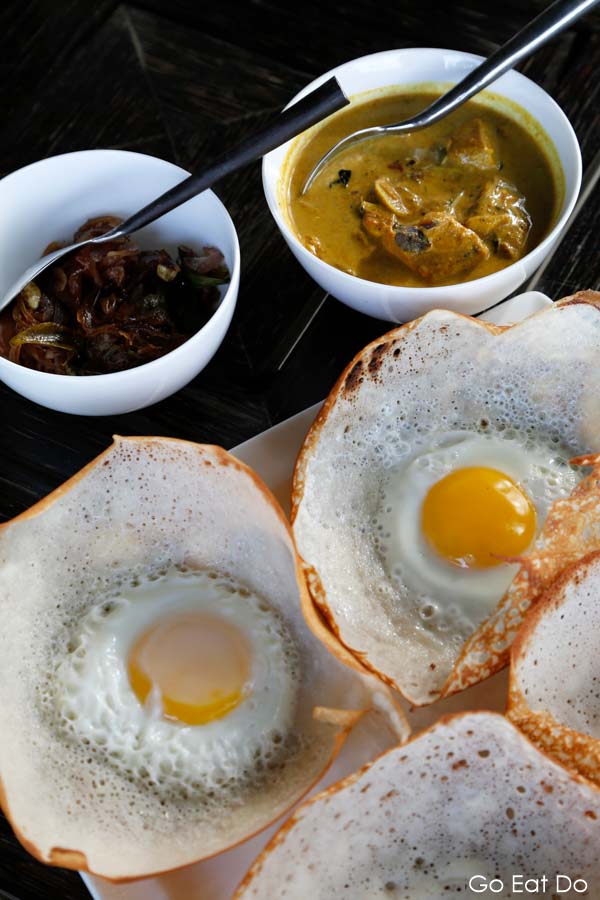
4. Show respect to local people
Luxman explained that not everybody feels confident speaking English, so travellers should not expect everybody they meet to be chatty. He suggested that tourists should ask permission before photographing people, to show respect. That’s particularly true when in the vicinity of monks.
5. No smoking in public areas
“Have you seen anyone smoking?” Luxman asked. The answer was no (but I’m not a smoker and had never been looking for suitable locations to light up). People go to private areas to smoke, he explained. Smoking is frowned on in the vicinity of temples, as it is regarded as disrespectful.
6. Be vigilant while out and about
I never felt at all threatened while out and about in Sri Lanka, even while walking on city streets at night. Nonetheless, Luxman suggested that travellers err on the side of caution. He warned of trusting strangers who are overly friendly and want to take travellers off the beaten track.
He suggested that travellers should be vigilant after dark, particularly women travelling alone. Ultimately Luxman was not suggesting that Sri Lanka’s streets are dangerous. I had the impression he didn’t want his country’s reputation damaged because of people failing to apply common sense.
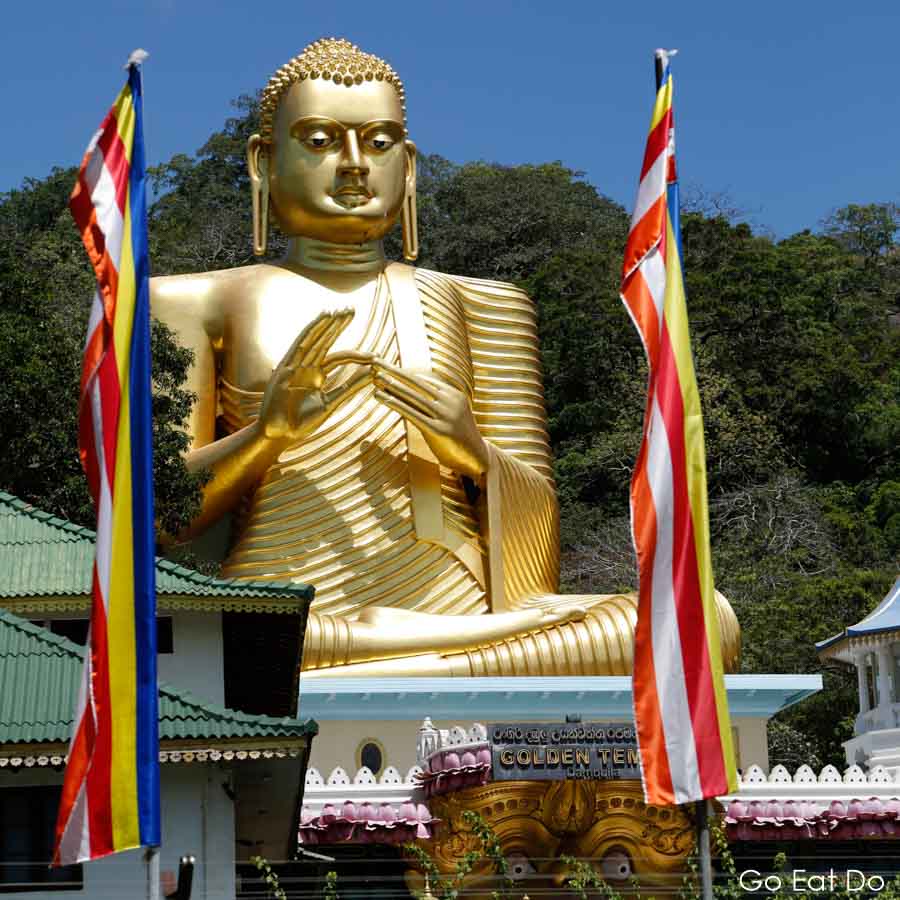
7. Don’t drink the tap water
“Tourists should drink only bottled water,” suggested Luxman, who kept a plentiful supply in the car’s cool box. Bottled water is inexpensive and readily available in shops. A couple of the eco-resorts I visited provided bottles of treated water. I noticed signs next to wash basins in hotels reminding guests to use treated or bottled water even while cleaning teeth. Doing so minimises the risk of picking up a stomach bug.
8. Be careful around animals
During his career as a chauffeur-guide, Luxman has come to recognise that many tourists are animal lovers. Nonetheless, he warns against stoking and petting street dogs, of which there are many in Sri Lanka. Rabies is present on the island. He also mentioned that people should be careful of snakes when walking in the countryside. The risk of being bitten is slim but it’s worth being vigilant, he suggested.
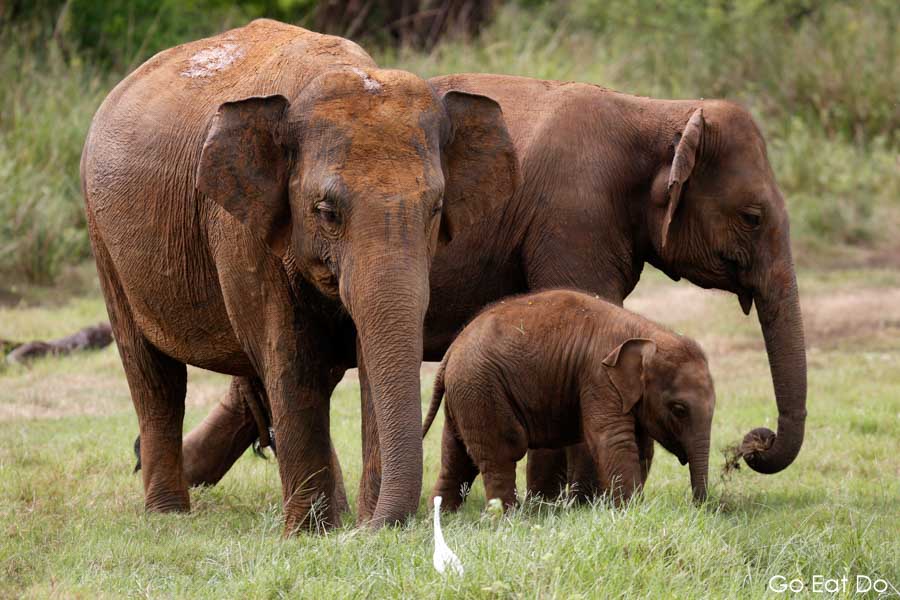
9. Stay alert while on the road
As an experienced driver, Luxman knows that jetlag and tiredness is normal after a long flight. When a traveller falls asleep when he’s driving, Luxman sees that as a compliment. “It’s a good sign they trust me but means they miss a lot of things,” he said. He likes it when people keep their eyes open and absorb what Sri Lanka has to offer.
10. Tipping in Sri Lanka
“Sri Lanka has a tipping culture,” explained Luxman. It’s common to reward people working in the service and tourism industries: around 10 per cent on top of the bill is common in restaurants. Guides offering ‘free tours’ at attractions usually expect a donation in appreciation of their service. It’s worth having a few 500 rupee notes to hand for visiting attractions.
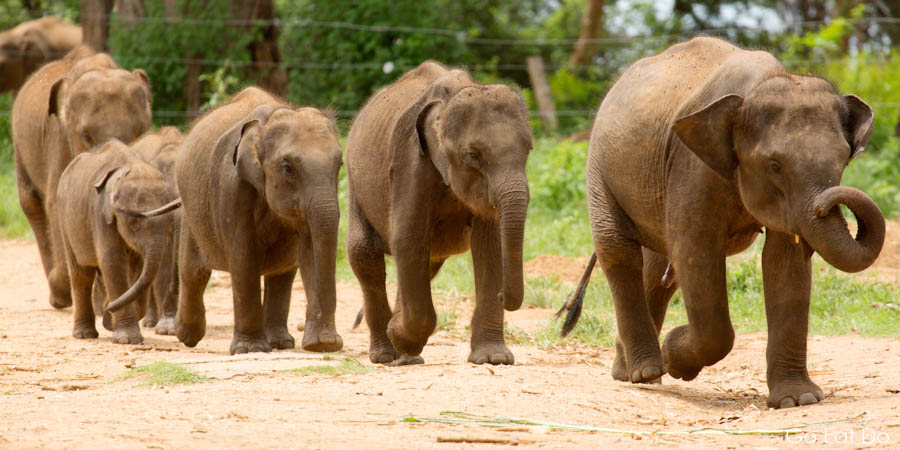
Useful books about Sri Lanka
The following books may prove useful if you want to learn more about Sri Lanka ahead of travelling:
Sri Lanka, the Footprint Handbook:




Further information
Stuart travelled with Indian Odyssey, a UK-based tour operator specialising in bespoke holidays to Sri Lanka, India, Bhutan, Nepal, Myanmar and the Maldives. The team has personally tested the accommodation and excursions and can create inspiring, tailor-made privately guided tours and bespoke holidays. For more information and to book, visit www.indianodyssey.co.uk, call 01224 313984 or email [email protected].
Prices start at £1,895 per person for a seven-night trip to Sri Lanka, including return flights from the UK, accommodation in boutique hotels, a personal driver and a tailored itinerary for each guest.
Looking for a chauffeur-guide when you are in Sri Lanka? Reach Luxman Perera on +94 7725 41320.
Looking for official Sri Lanka travel advice? Visit the Foreign and Commonwealth Office website.
The Sri Lanka Tourism website has ideas on things to do and see on the island.
Stuart Forster, the author of this post, has a wealth of fresh material on Sri Lanka’s cultural heritage, wildlife, cuisine and boutique hotels, and can be commissioned to write features.
Illustrating photographs are by Why Eye Photography. Why Eye Photography is available for food, travel and portrait photography commissions worldwide.
If you enjoyed this post why not sign up for the free Go Eat Do newsletter? It’s a hassle-free way of getting links to posts on a monthly basis.
Find this post on cultural and practical tips for travel in Sri Lanka useful? ‘Like’ the Go Eat Do Facebook page to see more photos and content.


